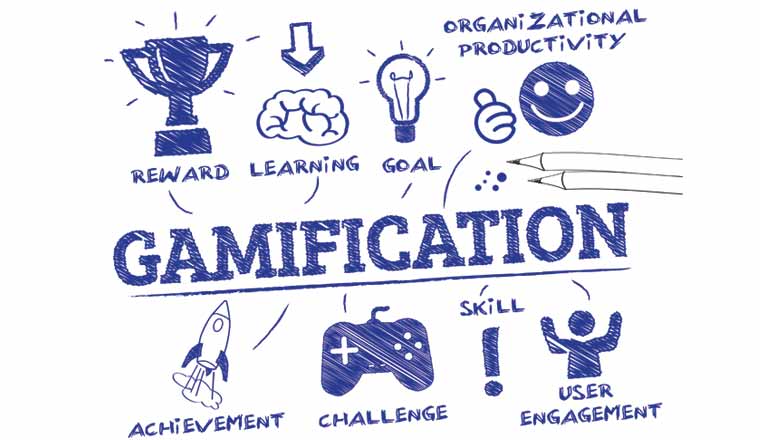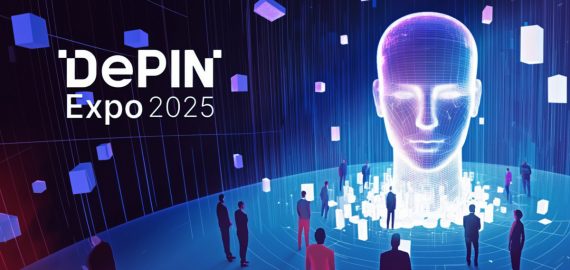Gamification


What is Gamification?
The implementation of game-design features and gaming ideas in non-game environments is known as gamification. It can also be defined as a set of activities and methods used to address problems by utilizing or applying game element characteristics.
For thousands of years, games and game-like aspects have been used to educate, entertain, and engage people. Points, Badges, and Leaderboards are examples of traditional game elements.
Understanding Gamification
Gamification is a purposeful endeavor to improve systems, services, organizations, and activities by providing experiences similar to those found in games in order to encourage and engage users. This is typically accomplished by employing game-design components and game concepts (dynamics and mechanics) in non-game environments.
Gamification is a type of persuasive system design that uses game design elements to improve user engagement, organizational productivity, flow, learning, crowdsourcing, knowledge retention, employee recruitment and evaluation, ease of use, system usefulness, physical exercise, traffic violations, voter apathy, public attitudes toward alternative energy, and more. A review of gamification research reveals that the vast majority of studies on gamification discover that it has beneficial effects on individuals. Individual and contextual variances do exist, though.
Read related articles:
« Back to Glossary IndexDisclaimer
In line with the Trust Project guidelines, please note that the information provided on this page is not intended to be and should not be interpreted as legal, tax, investment, financial, or any other form of advice. It is important to only invest what you can afford to lose and to seek independent financial advice if you have any doubts. For further information, we suggest referring to the terms and conditions as well as the help and support pages provided by the issuer or advertiser. MetaversePost is committed to accurate, unbiased reporting, but market conditions are subject to change without notice.
About The Author
Damir is the team leader, product manager, and editor at Metaverse Post, covering topics such as AI/ML, AGI, LLMs, Metaverse, and Web3-related fields. His articles attract a massive audience of over a million users every month. He appears to be an expert with 10 years of experience in SEO and digital marketing. Damir has been mentioned in Mashable, Wired, Cointelegraph, The New Yorker, Inside.com, Entrepreneur, BeInCrypto, and other publications. He travels between the UAE, Turkey, Russia, and the CIS as a digital nomad. Damir earned a bachelor's degree in physics, which he believes has given him the critical thinking skills needed to be successful in the ever-changing landscape of the internet.
More articles

Damir is the team leader, product manager, and editor at Metaverse Post, covering topics such as AI/ML, AGI, LLMs, Metaverse, and Web3-related fields. His articles attract a massive audience of over a million users every month. He appears to be an expert with 10 years of experience in SEO and digital marketing. Damir has been mentioned in Mashable, Wired, Cointelegraph, The New Yorker, Inside.com, Entrepreneur, BeInCrypto, and other publications. He travels between the UAE, Turkey, Russia, and the CIS as a digital nomad. Damir earned a bachelor's degree in physics, which he believes has given him the critical thinking skills needed to be successful in the ever-changing landscape of the internet.


















































